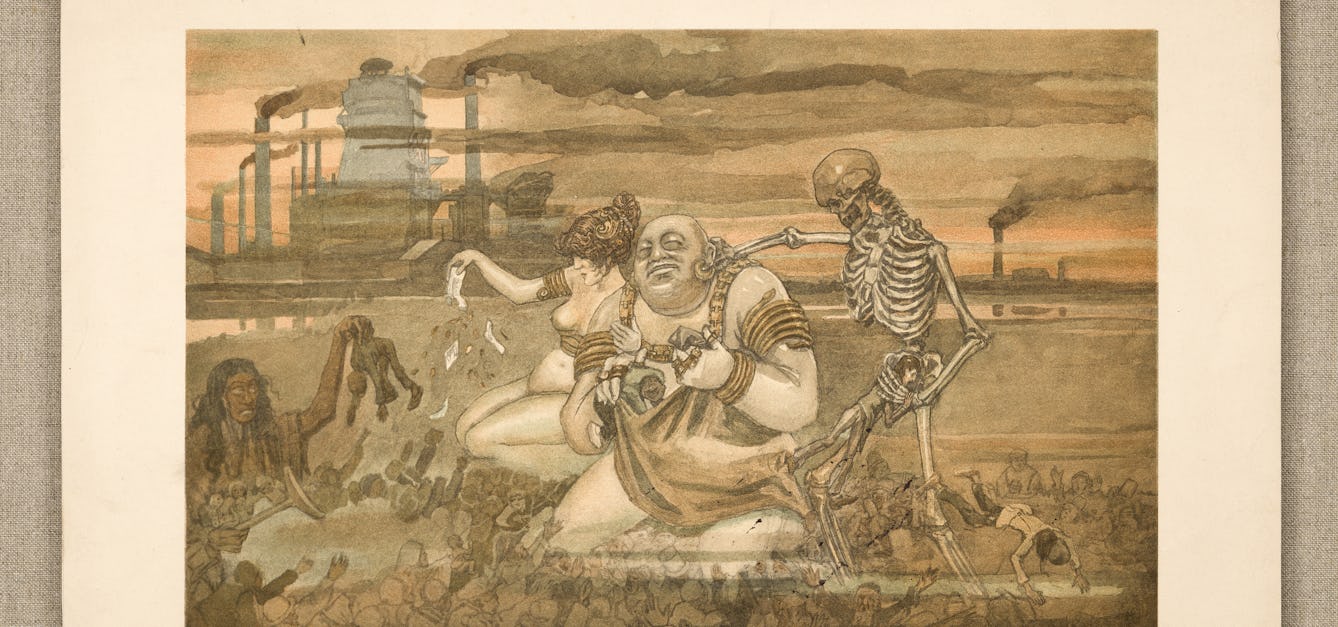Stories

- Article
Drops of water
In the compulsory isolation of lockdown, Daisy Lafarge’s repeated visits – via a new microscope – to the miniature worlds contained by drops of pond water provided her with the company and escapism she craved.

- Article
On nature cures and taking the waters
When chilly outdoor swims began to chip away at her depression, Jessica J Lee was drawn to a closer study of the complex natural world around her.

- Article
Notes upon arrival
In an effort to feel at home back in the country of her birth, poet Bhanu Kapil recognises the small revelations of nature in a chilly UK spring as a way to reconnect.

- In pictures
In pursuit of purity
Many cultures associate physical cleanliness with spiritual purity, while disease and dirt are signs of moral pollution.
Catalogue
- Archives and manuscripts
"Water and Wellbeing"
Date: 1998Reference: ART/AFH/A/23/6Part of: Arts for Health: archive
- Books
- Online
Water supply : a handbook for general use / by Joseph Parry.
Parry, Joseph.Date: [1890?]
- Books
- Online
Water supply : a handbook for general use / by Joseph Parry.
Parry, Joseph.Date: [1890]
- Books
- Online
Water : its composition, collection & distribution a practical handbook for domestic & general use / by Joseph Parry.
Parry, Joseph.Date: [1881]- Ephemera
The original preparation! : reasons why you should always use Duckworth's "Crystal Spring" Soda Water Salts / Macfarlane & Macbeth.
Date: [between 1910 and 1919]









